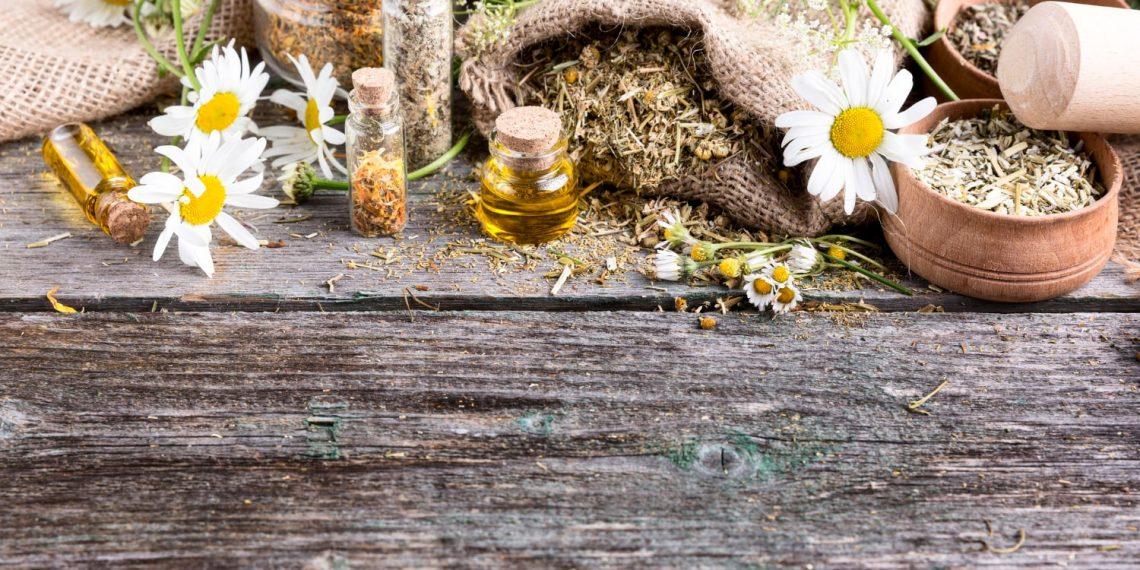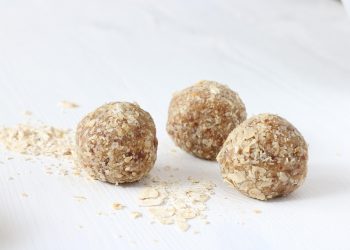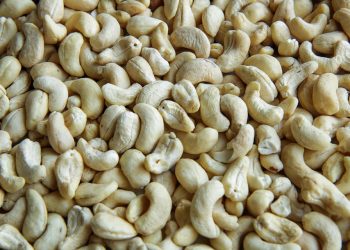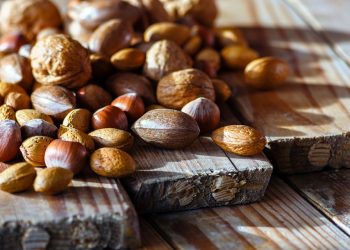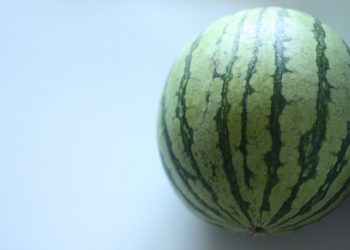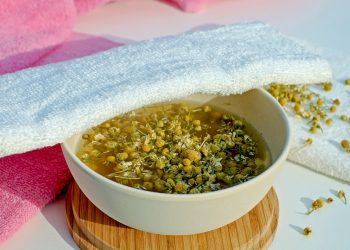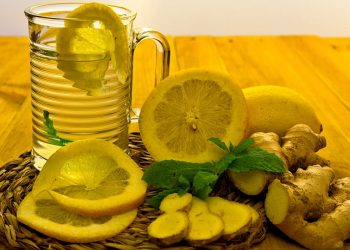Are you looking to embrace a natural low-sodium diet? You’ve come to the right place! This lifestyle choice isn’t just about cutting back on salt; it’s about nourishing your body with vibrant, wholesome foods that fill you with energy and vitality. Let’s explore ten delicious foods that will make your low-sodium journey both satisfying and delightful.
Contents
Why a Low-Sodium Diet Matters
A low-sodium diet is crucial for maintaining heart health and overall wellness. Excess sodium can lead to high blood pressure, heart disease, and stroke. By choosing fresh, flavorful foods that naturally contain less sodium, you can take control of your health and feel amazing every day. Plus, this diet can help you appreciate the natural flavors of food, making every meal an experience to savor.
1. Fresh Fruits and Vegetables
Fruits and vegetables are the cornerstones of a low-sodium diet. They are bursting with vitamins, minerals, and fiber, while being naturally low in sodium. Here’s why you should fill your plate with these colorful beauties:
- Hydration: Many fruits and veggies, like cucumbers and oranges, have high water content.
- Nutrient-Rich: Leafy greens, like spinach and kale, are loaded with antioxidants.
- Versatile: You can enjoy them raw, steamed, grilled, or roasted.
Tip: Try creating a vibrant salad with spinach, strawberries, walnuts, and a drizzle of balsamic vinegar for a refreshing meal.
2. Quinoa
Quinoa is often dubbed a superfood—and for good reason. This ancient grain is not only low in sodium but also a complete protein. It packs a punch with its high fiber content, which keeps you feeling full longer.
- Cooking Versatility: Use quinoa as a base for salads, side dishes, or even as a breakfast porridge.
- Flavorful Options: Cook it in low-sodium vegetable broth for an extra flavor boost.
Tip: Mix cooked quinoa with black beans, corn, and diced tomatoes for a hearty, satisfying dish.
3. Legumes
Beans, lentils, and peas are phenomenal for your low-sodium diet. They are rich in protein and fiber, which helps regulate blood sugar and keeps hunger at bay.
- Affordable: You can buy them canned (just rinse them to remove excess sodium) or dry.
- Endless Recipes: From soups to salads, legumes can be the star of any dish.
Tip: Make a comforting lentil soup with carrots, celery, and garlic for a cozy dinner option.
4. Nuts and Seeds
Nuts and seeds are nutrient-dense snacks that can help you maintain your energy levels throughout the day. They are full of healthy fats, vitamins, and minerals.
- Portion Control: Enjoy nuts in moderation to avoid excess calories.
- Snack Smart: Keep a mix of almonds, walnuts, and pumpkin seeds on hand for a quick snack.
Tip: Create your own trail mix with your favorite nuts, seeds, and a sprinkle of dried fruit for a satisfying treat.
5. Whole Grains
Switching to whole grains can make a world of difference in your diet. They not only help reduce sodium intake but also provide essential nutrients and fiber.
- Healthy Alternatives: Opt for brown rice, whole wheat pasta, and oats instead of their refined counterparts.
- Flavorful and Filling: Whole grains are hearty and pair well with a variety of dishes.
Tip: Try a brown rice stir-fry with mixed vegetables and a splash of low-sodium soy sauce for a simple, satisfying meal.
6. Herbs and Spices
When you cut back on salt, you might worry about flavor. Enter herbs and spices! They can elevate your dishes without a sprinkle of sodium.
- Fresh or Dried: Use fresh basil, cilantro, rosemary, or thyme to enhance flavors.
- Experiment: Don’t be afraid to try new spices like cumin, turmeric, or smoked paprika.
Tip: Make a homemade seasoning blend with garlic powder, onion powder, and paprika for an all-purpose flavor booster.
7. Fish and Seafood
Fish, particularly fatty fish like salmon and mackerel, are excellent sources of omega-3 fatty acids, which are beneficial for heart health. They are naturally low in sodium and high in flavor.
- Cooking Options: Grill, bake, or steam your fish to maintain its nutritional quality.
- Quick Meal: Pair fish with steamed veggies and quinoa for a quick, nutritious dinner.
Tip: A lemon-baked salmon fillet with a side of asparagus is not only delicious but also looks stunning on your dinner plate.
8. Low-Sodium Dairy
Dairy products can be part of a low-sodium diet if you choose wisely. Look for low-sodium or unsalted options, such as yogurt, milk, and cheese.
- Calcium-Rich: These foods provide essential nutrients for bone health.
- Versatile Uses: Use yogurt as a base for smoothies or dressings.
Tip: Make a creamy yogurt dip by mixing plain yogurt with herbs, garlic, and a squeeze of lemon juice for a zesty snack.
9. Eggs
Eggs are a fantastic source of protein and various nutrients. They are naturally low in sodium and incredibly versatile.
- Quick Cooking: Scrambled, poached, or hard-boiled, eggs can fit into any meal.
- Nutrient Powerhouse: They contain vitamins A, D, E, and B12.
Tip: Try a vegetable omelet loaded with spinach, tomatoes, and bell peppers for a wholesome breakfast.
10. Avocado
Avocado isn’t just trendy; it’s a powerhouse food rich in healthy fats and fiber. It’s low in sodium and adds a creamy texture to your meals.
- Heart Health: The monounsaturated fats in avocados can help lower bad cholesterol.
- Easy to Use: Spread it on toast, blend it into smoothies, or toss it into salads.
Tip: Create an avocado salad with lime juice, cilantro, and cherry tomatoes for a refreshing side dish.
Bottom Line
Adopting a natural low-sodium diet doesn’t mean sacrificing flavor or enjoyment. By incorporating these ten delicious foods into your daily meals, you’ll nourish your body while savoring every bite. Remember, it’s about balance and making informed choices that support your health.
Take Action: Start experimenting with these foods today! Your taste buds and your body will thank you.
FAQ
Q: How can I reduce sodium in my diet?
A: Focus on fresh, whole foods and limit processed items. Rinse canned goods and choose low-sodium options whenever possible.
Q: Are there any snacks I can enjoy on a low-sodium diet?
A: Absolutely! Fresh fruits, veggies with hummus, or a handful of nuts make excellent low-sodium snacks.
Q: Can I still enjoy flavorful food on a low-sodium diet?
A: Yes! Use herbs and spices to enhance flavors without added salt. Experiment with different combinations to discover your favorites.
Embrace this journey with enthusiasm! Your body deserves it, and so do you.
Get Your FREE Natural Health Guide!
Subscribe now and receive our exclusive ebook packed with natural health tips, practical wellness advice, and easy lifestyle changes — delivered straight to your inbox.

